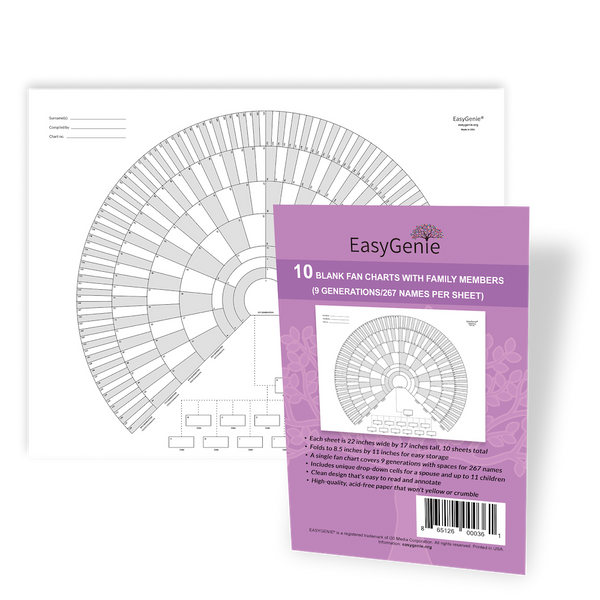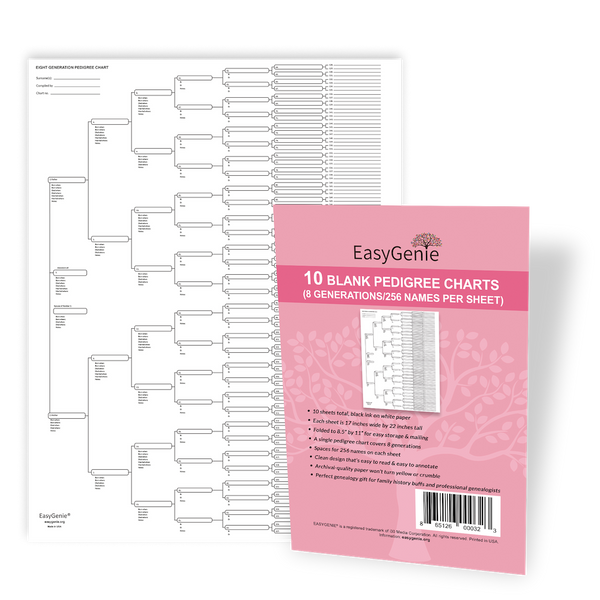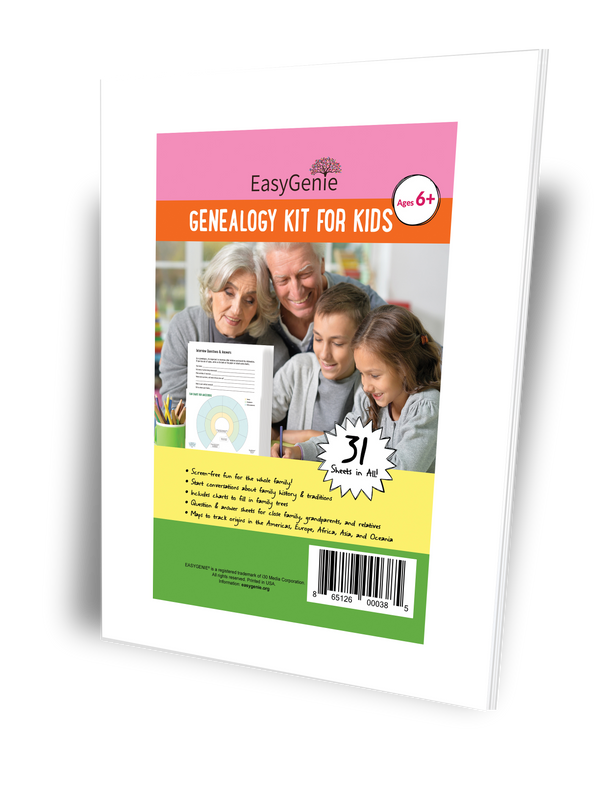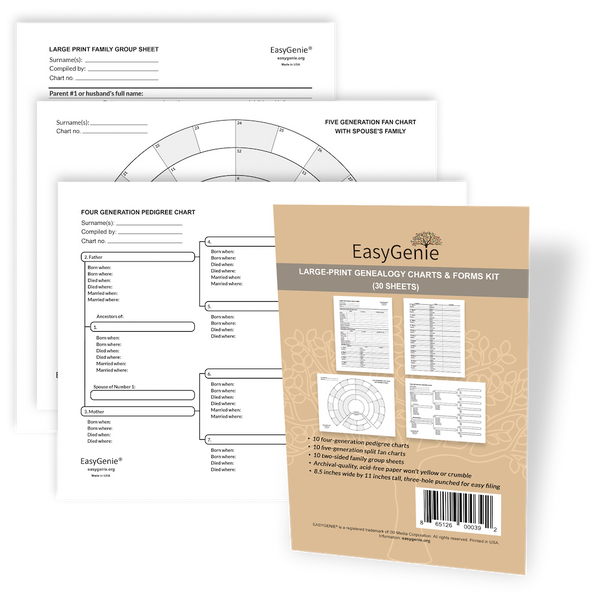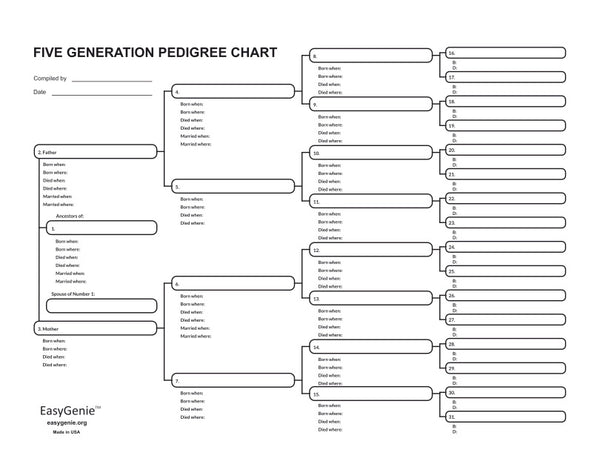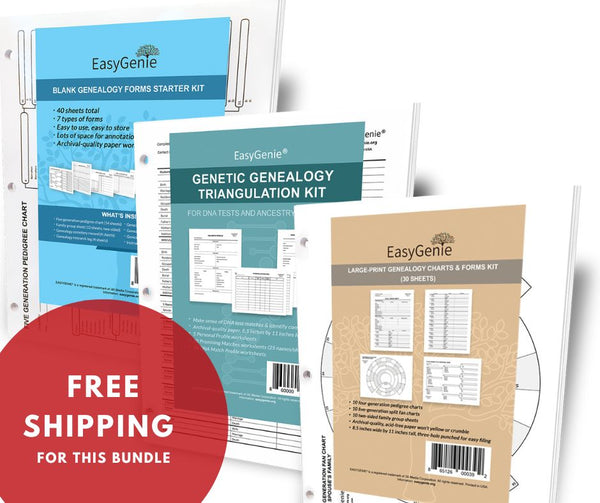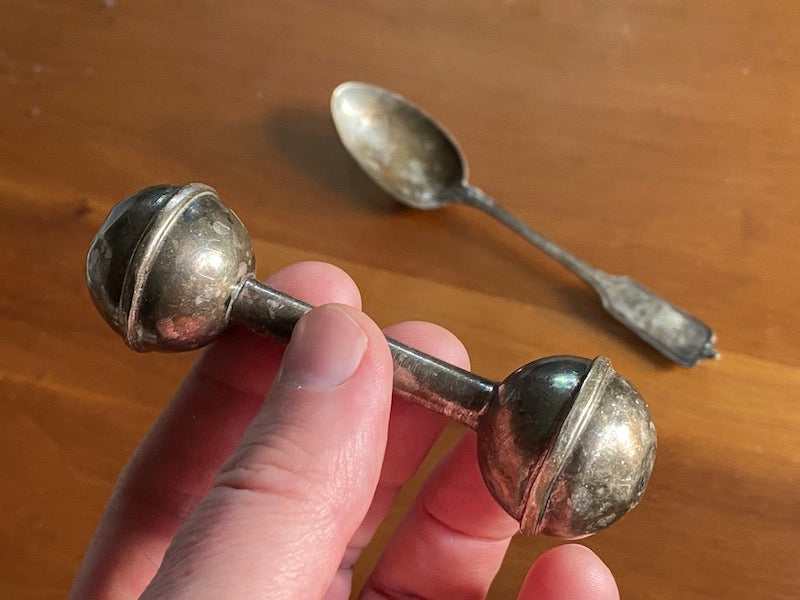
Heirloom preservation. from baby rattles to sea chests
Ian LamontIn a recent newsletter, I included an item about what makes an heirloom an heirloom. Some readers thought that was me talking about my father. It was not.
Generally speaking, links or photos included as newsletter summaries are often from other sources. In that case, the wonderful essay was by blogger Edwin Zee, who discussed the significance of two watches he inherited from his father.
However, I also include links to EasyGenie.org and the EasyGenie YouTube channel. This is content that we create. In the past I have written about heirlooms (see What is your oldest heirloom with genealogical value?) Today, let’s explore heirloom preservation.
For years, we’ve stored original old photos and important documents like vital records in acid-free sleeves, which we then place in binders organized by surname. We use the Helvetica fillable PDFs at the front of each binder to show the relevant names.

Special documents such as hand-drawn family trees are stored in a fireproof safe. A few small objects are stored in the safe, too, such as my grandfather’s birth rattle and spoon, shown above.
Other small items are not, such as my great-uncle’s WWI medal commemorating the St. Mihiel battle, which sits on a bookshelf.

There is a constant battle to balance heirloom preservation with other factors, such as keeping these relics in the open, much like Zee’s father using his watch. This establishes heirloom value in the minds of younger family members.
What about larger heirlooms? Some are displayed in our house, like the old ship's clock that my mother gave me.
We also use an ancient wooden sea chest that came down through the maternal side of the family. It was built exceptionally well, with dove-tail joints, and now serves a practical purpose: storing linen.
For photos, we like Michele Doyle’s “ABC’S” approach for preserving photo collections as described in our March interview.
